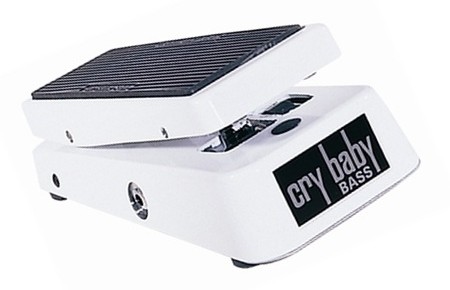Blues Bass Slide Tutorial For Fluidity And Slickness
 There are a ton of techniques in blues bass guitar playing. One of the most popular techniques is the bass slide. Sliding can make your notes fluid and dynamic. It can add texture and feeling to sections of a song, and for the most part, it is easy as well.
There are a ton of techniques in blues bass guitar playing. One of the most popular techniques is the bass slide. Sliding can make your notes fluid and dynamic. It can add texture and feeling to sections of a song, and for the most part, it is easy as well.
In this article, we’ll go over some basic blues bass slide lessons that will help you to get the most out of each and every slide.
Knowing Where Your Fingers Go in Anticipation
The first thing you need to pay attention to when sliding is you finger placement. The easiest way to prepare yourself for the next coming slide is by fretting your note closest to the fret wire in the direction which you are going to travel.
This means that if you are fretting the fifth fret and plan on sliding to the seventh fret, you will need to fret closer to the sixth fret side of the fret wire. If you are fretting that same exact fifth fret note but instead of sliding upwards you want to slide down to the third fret, you should fret that note closest to the fourth fret side of the fret wire.
Fretting closest to the next note allows you to do less work when sliding. Also, it is the proper way to fret a note. Fretting notes farther from where they originate makes it much more difficult to slide to get to the next fret. This is because you have a much greater distance to travel as your fingers will have to go over a full extra fret.
Make Sure the Note Isn’t Broken Off
 When you slide, be sure to keep the pressure on the note. Sliding is easy, but not if you release your pressure. If you do, you will end up with either a dead note or a simple fret squeak. Either one is improper and sounds unpleasant.
When you slide, be sure to keep the pressure on the note. Sliding is easy, but not if you release your pressure. If you do, you will end up with either a dead note or a simple fret squeak. Either one is improper and sounds unpleasant.
The trick is to slide as if you are fretting another note. Keep the same exact amount of pressure on the note as you would any other note.
2 Types of Technical Slides
There are two different types of slides; a normal slide, and a legato slide. Believe it or not (and you should) both slides are exactly the same. The only difference is context. A legato slide is used within a legato run so that you can reach nearer frets without taking your hand off of the fret board. This allows you to move your legato run on the fifth fret up to the twelfth fret while still keeping it fluid.
The other type of slide, a basic slide, is a slide that is not played within the context of a legato bass run. While legato is sometimes used in the blues, it isn’t going to be a primary technique, so you will –for the most part- be using average slide for your chords and licks.
The best way to get better at sliding is through practice. Set aside a full block of time each day, and treat it like an appointment. This means don’t be late, and don’t mess around. Put this blues bass slide lesson to use; work on your playing. Good luck, and above all, have fun and be creative.
See Huge Improvements In Your Playing Immediately
If you are serious about learning to play the bass, check out JamPlay. They offer the best online instructional content to help you achieve short term and long term goals. With lessons taught by some of the most famous bassists in the world and new content being added on a weekly basis, you can learn whatever you want at your own convenience!
Jamplay is absolutely fantastic and is highly recommended. Check them out today!
Related Articles
Comments are closed.





